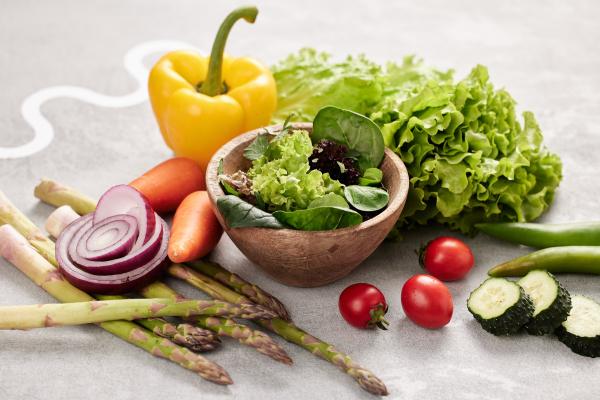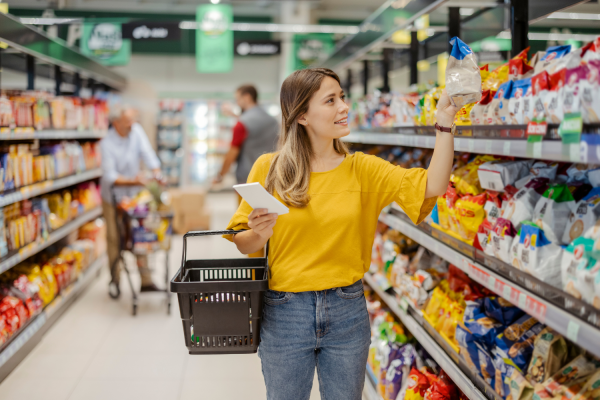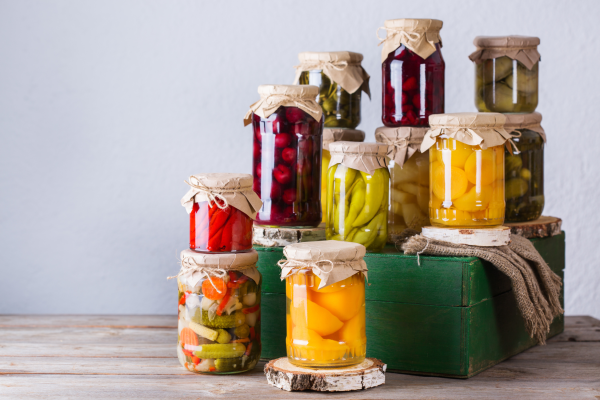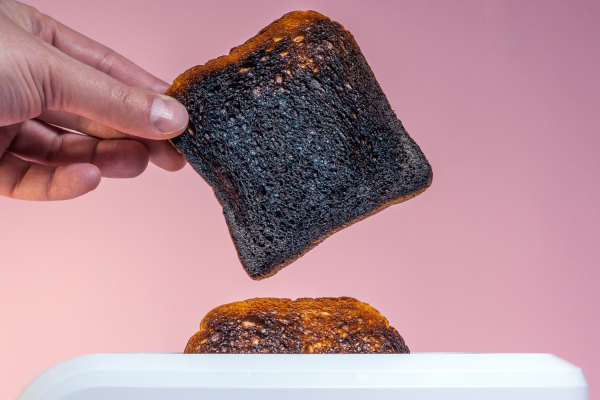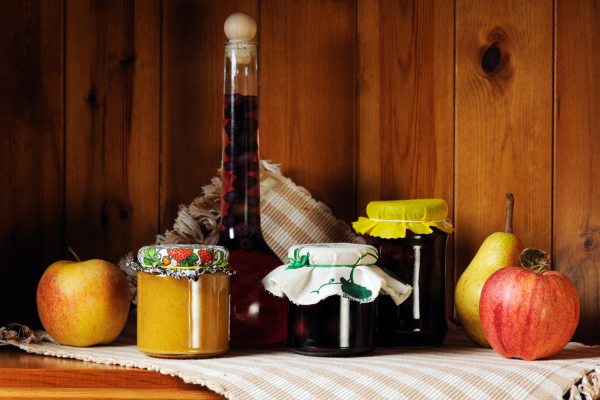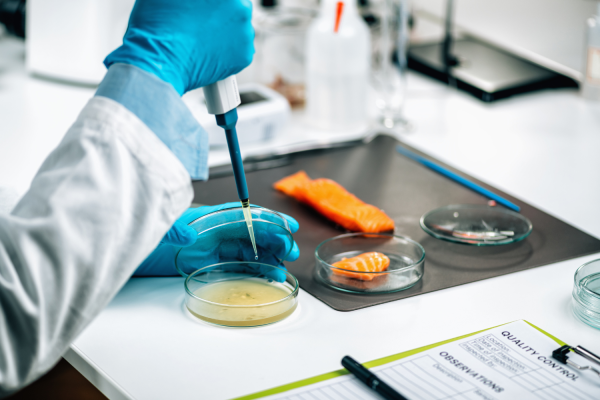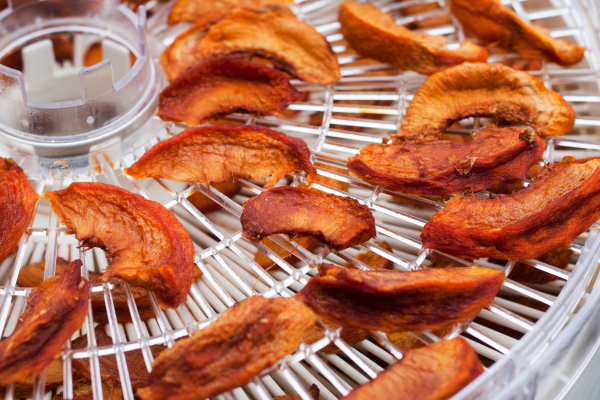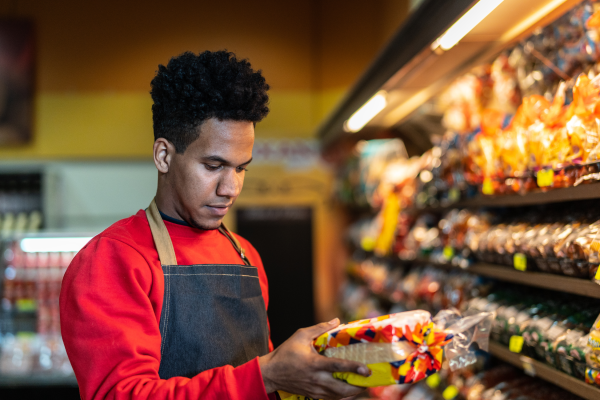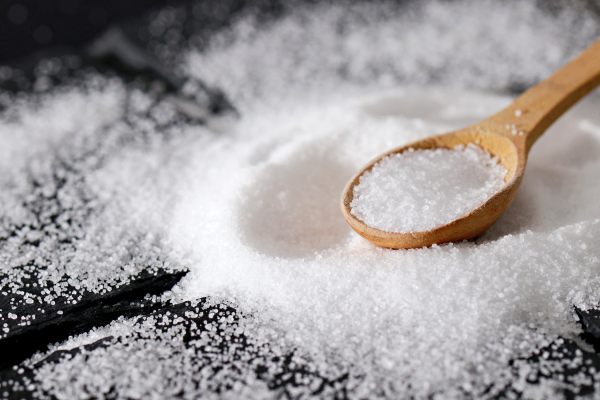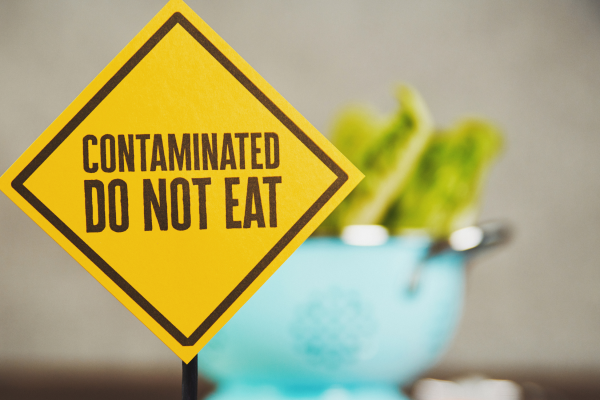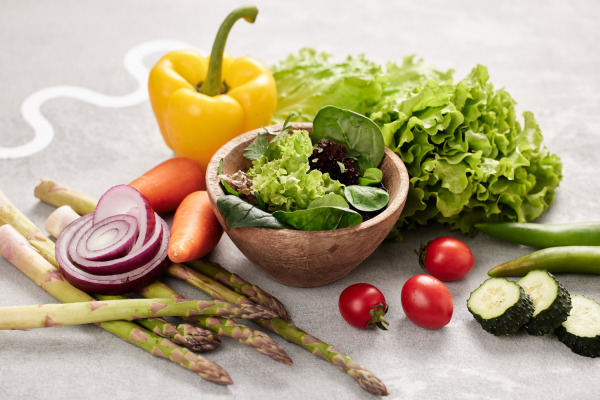
Food spoilage is a significant issue that affects households and businesses alike. In the United States, nearly 60 million tons of food are wasted annually, accounting for almost 40 percent of the entire food supply. In Europe, over 58 million tons of food waste were generated in 2021, equating to 131 kg per person. This staggering amount of waste highlights the need for effective food preservation methods. One such method is vacuum sealing, which has gained popularity for its ability to extend the shelf-life of various food items.
Understanding Vacuum Sealing
Vacuum sealing is a packaging method that removes air from a bag or container before sealing it. This process creates an environment that is free from oxygen, which is essential for the growth of bacteria and other microorganisms that cause food spoilage. By eliminating oxygen, vacuum sealing helps to preserve the freshness, flavor, and nutritional value of food for extended periods.
Benefits of Vacuum Sealing
1. Extended Shelf-life: Vacuum sealing can significantly extend the shelf-life of food items. For example, meat, vegetables, and cooked items can last longer in the refrigerator or freezer when vacuum-sealed, reducing the risk of spoilage and waste.
2. Preservation of Flavor and Texture: By removing air, vacuum sealing helps to preserve the original flavor and texture of food. This is particularly beneficial for items like coffee, which can lose its aroma and taste when exposed to air.
3. Reduced Freezer Burn: Freezer burn occurs when food is exposed to air in the freezer, leading to dehydration and a loss of quality. Vacuum sealing prevents freezer burn by eliminating air, ensuring that food remains fresh and free from ice crystals.
4. Safe Storage: Vacuum-sealed food is less likely to be contaminated by bacteria, making it a safer storage option. This is crucial for maintaining food safety, especially for perishable items like meat and dairy products.
How Vacuum Sealing Works
The process of vacuum sealing involves placing food in a specialized bag or container and using a vacuum sealing machine to remove the air. The machine then seals the bag or container, creating an airtight environment. This method is effective for a wide range of food items, including:
- Meat: Vacuum sealing helps to preserve the freshness and flavor of meat, making it ideal for long-term storage in the freezer. Additionally, by eliminating the oxygen thanks to vacuum processing, the growth of aerobic spoilage bacteria is significantly reduced, also extending the shelf-life of refrigerated meats.
- Vegetables: Fresh vegetables can be vacuum sealed to extend their shelf-life and maintain their nutritional value.
- Cooked Food: Leftovers and prepared meals can be vacuum sealed to keep them fresh and safe for consumption.
- Coffee: Vacuum sealing helps to preserve the aroma and taste of coffee, ensuring that it remains fresh for longer periods.
Tips for Effective Vacuum Sealing
1. Cleanliness: Ensure that the food and packaging materials are cleaned before vacuum sealing to prevent contamination.
2. Proper Storage: Store vacuum-sealed food in a cool, dry place or in the refrigerator/freezer to maintain optimal freshness.
3. Avoid Overfilling: Do not overfill the bags or containers, as this can affect the sealing process and compromise the preservation of the food.
At Galactic, we are committed to providing sustainable and effective food preservation solutions. Our innovative range of natural antimicrobials and ingredients, derived from lactic acid and its derivatives, offer an eco-friendly alternative to traditional preservation methods. By incorporating our solutions into your food preservation practices, you can extend the shelf-life of your products while reducing waste and promoting sustainability.

Still have questions?
Can’t find the answer you’re looking for?
Contact us for expert advice and support!
